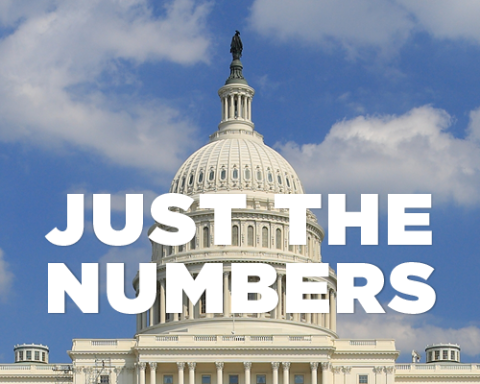This publication has been updated, please see here for the latest version.
The United States—through its Agency for International Development (USAID)—has long been a global leader in enabling women’s access to contraceptive services in the world’s poorest countries. Empowering women with control over their own fertility yields benefits for them, their children and their families. It means fewer unintended—and often high-risk—pregnancies and fewer abortions, which in poor countries are often performed under unsafe conditions. Better birth spacing also makes for healthier mothers, babies and families, and pays far-reaching dividends at the family, society and country levels.
The Benefits of U.S. International Family Planning Assistance
In federal fiscal year (FY) 2018, a total of $607.5 million was appropriated for U.S. assistance for family planning and reproductive health programs. This level of funding makes it possible to achieve the following:
- 25 million women and couples receive contraceptive services and supplies;
- 7.5 million unintended pregnancies, including 3.3 million unplanned births, are averted;
- 3.2 million induced abortions are averted (2.1 million of which would have been provided in unsafe conditions); and
- 14,600 maternal deaths are averted.
The $607.5 million total includes the U.S. contribution to the United Nations Population Fund (UNFPA) of $32.5 million. In March 2018, the Trump administration announced that it would once again block funding to UNFPA. As in FY 2017, the funds will be reprogrammed for other family planning, maternal health and reproductive health activities.
Cuts Would Translate to Significant Setbacks
All the benefits detailed above would be erased if U.S. assistance for international family planning and reproductive health programs was eliminated. Moreover, each decrease of $10 million in U.S. funding would result in the following:
- 416,000 fewer women and couples would receive contraceptive services and supplies;
- 124,000 more unintended pregnancies, including 54,000 more unplanned births, would occur;
- 53,000 more abortions would take place (35,000 of which would be provided in unsafe conditions); and
- 240 more maternal deaths would occur.
Funding reductions of different magnitudes would have proportional effects. For example, a $20 million cut would result in double the impact described above.
Full version with methodology and sources is available here.



